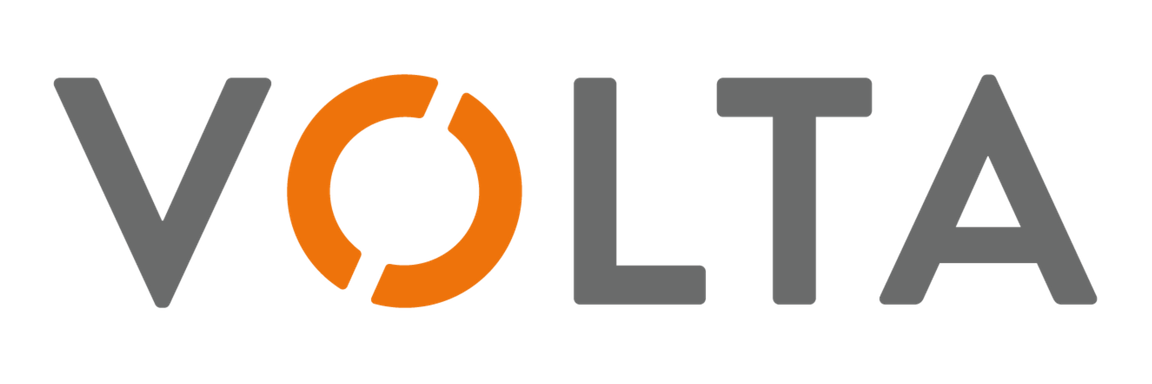Organizing Your Search
While it is tempting to start sending out resumes immediately when you need to find a new job, your search will be far more efficient and effective if you first take a step back, strategically plan your search and take a bit of time to set up an organized tracking system. This section of the Career Resource Center contains information and resources to help you do the following:
Organize your job search;
Define your career vision and target organizations;
Identify, expand and best leverage your personal network; and
Capitalize on the immense power of social media to help you move forward in your search.
Organizational Tools & Practices
It's much easier to have a system in place at the outset of your search than to try to organize all of your information and documents later. Suggested topics for organizing your materials include:
Contacts
Research on employers
Applications
Targeted mailings
Search firms
Interviews
Geographic information
You can download a copy of the Job Transition Tracking Workbook in the Resources section below. The Workbook contains forms to help you identify your network and keep track of contacts, submitted resumes, interviews and offers. Your tracking forms will enable you to get an immediate sense of your status in each area, to identify with whom you need to follow up and to determine what strategies you should employ next.
We've also included a Job Search Checklist for an abbreviated version of the tasks and materials that should be completed over the course of your search.
Naming & Saving Your Documents
Save electronic versions of your materials with clearly identifiable names and include dates, for example:
JaneDoeResume_WorldBank_05.23.14
JohnSmithCoverletter_ABCCorp.09.16.14
Make sure the documents include your name. Your target employers will open these documents as attachments, and your goal is to make it easy for them to find you.
It's a good idea to copy and paste the text of a job posting into a separate document. That way, if the posting disappears from the organization's website, or other job site, you will still have the original job description to help you prepare for interviews.
RESOURCES
Downloadable:
Alternatively, if you prefer using an online tool, you can check out the below:
JibberJobber (free). This is an excellent, robust tool for getting and keeping your search better organized. It’s an easy-to-use contact management system (CMS) that takes the guesswork out of the job-search organizing process. You can use the tool to track the companies that you’re interested in, the jobs you apply for, the status of each application (date of first interview, date thank you letter sent, etc.) and any follow-up actions needed. It also lets you keep track of your job-related contacts: letting you note how strong your relationship is with each person and associate them with your target companies. The site can be a bit overwhelming at first, but if you're interested, there is a free orientation webinars conveniently broken into nine, 10-minute video segments.

